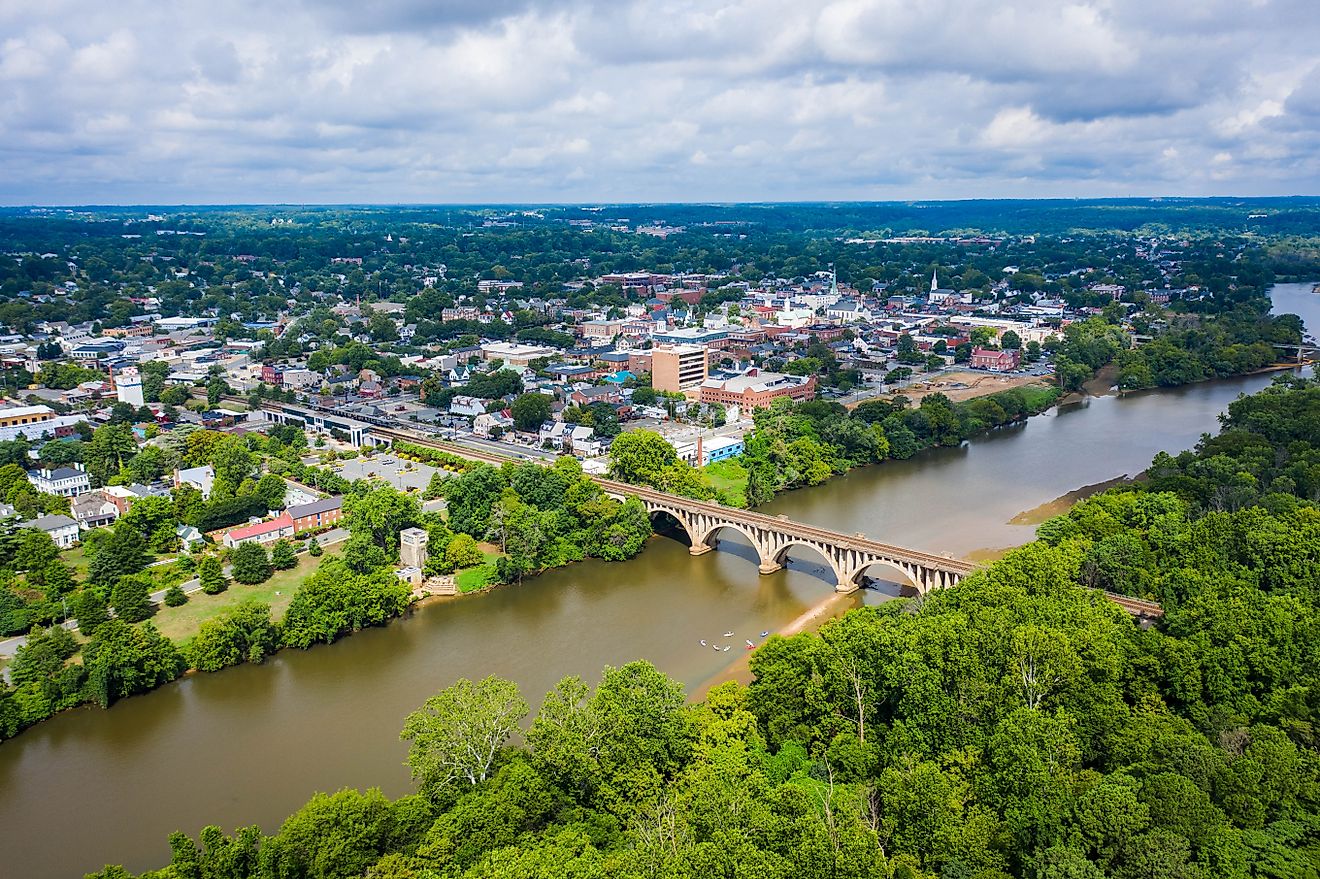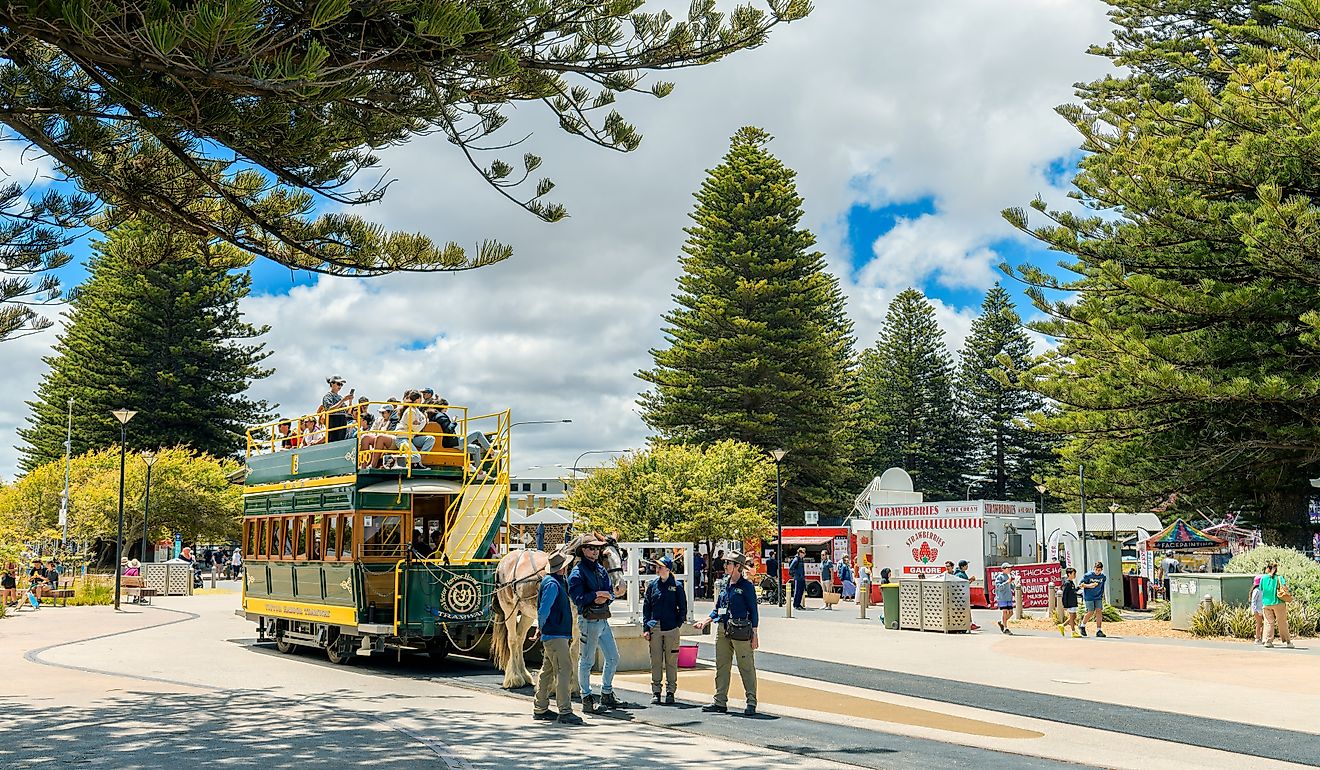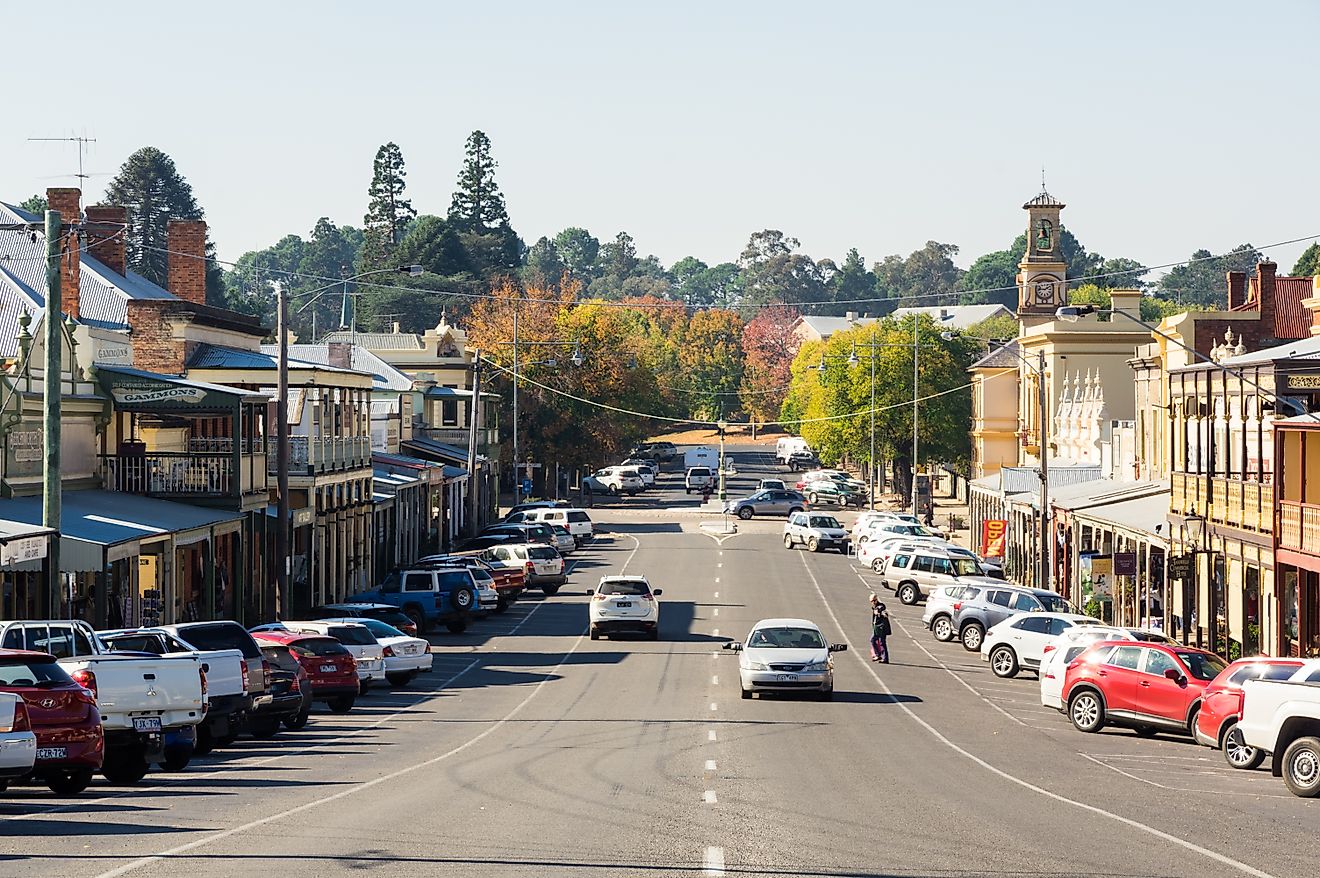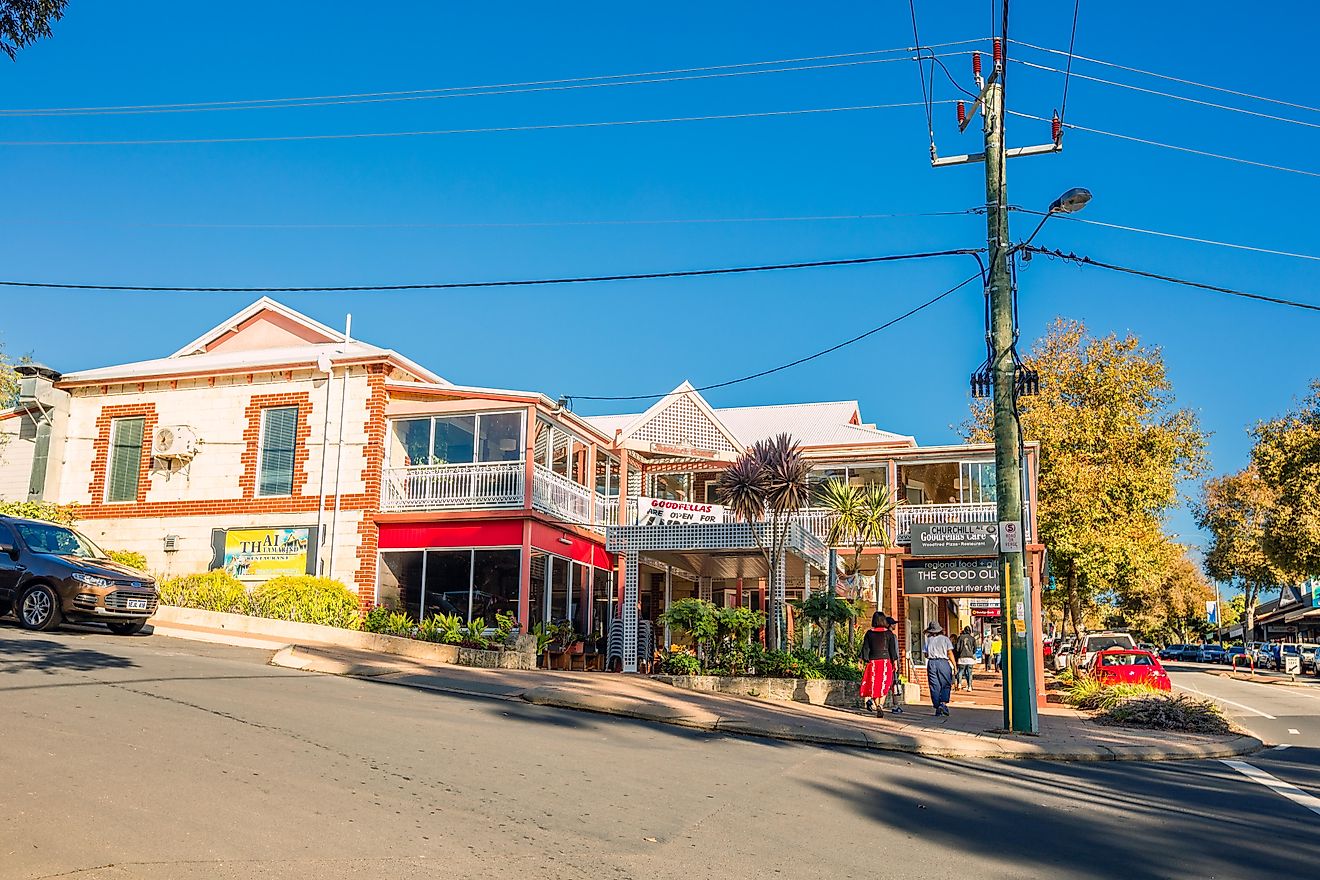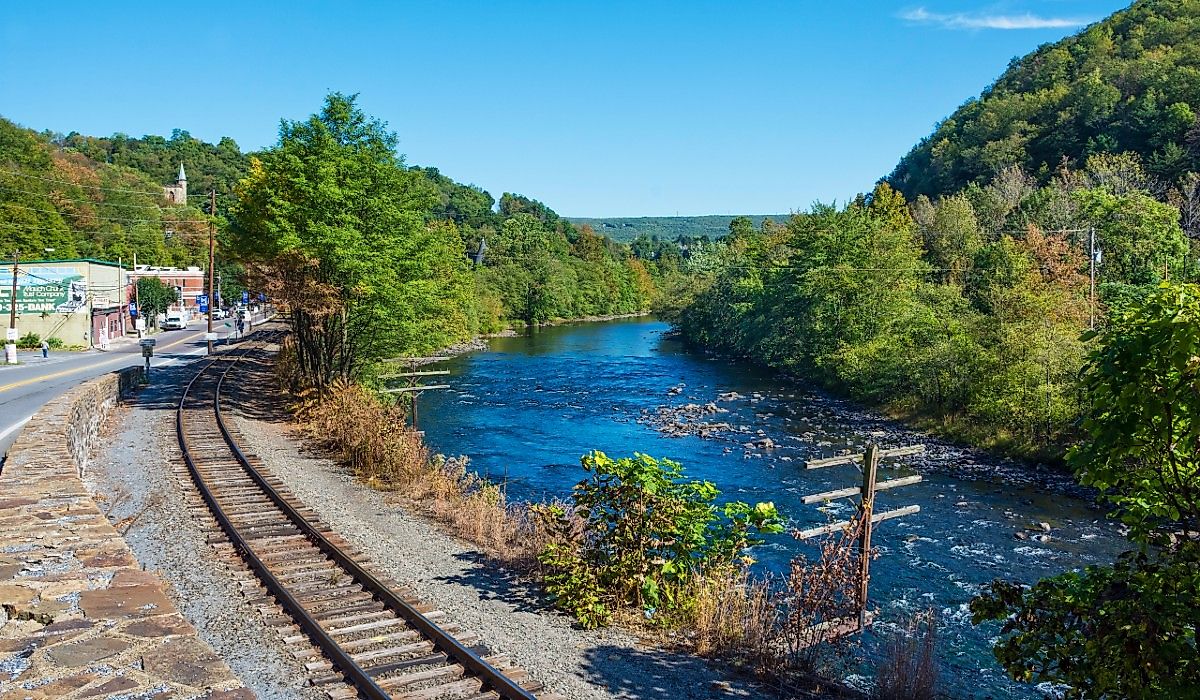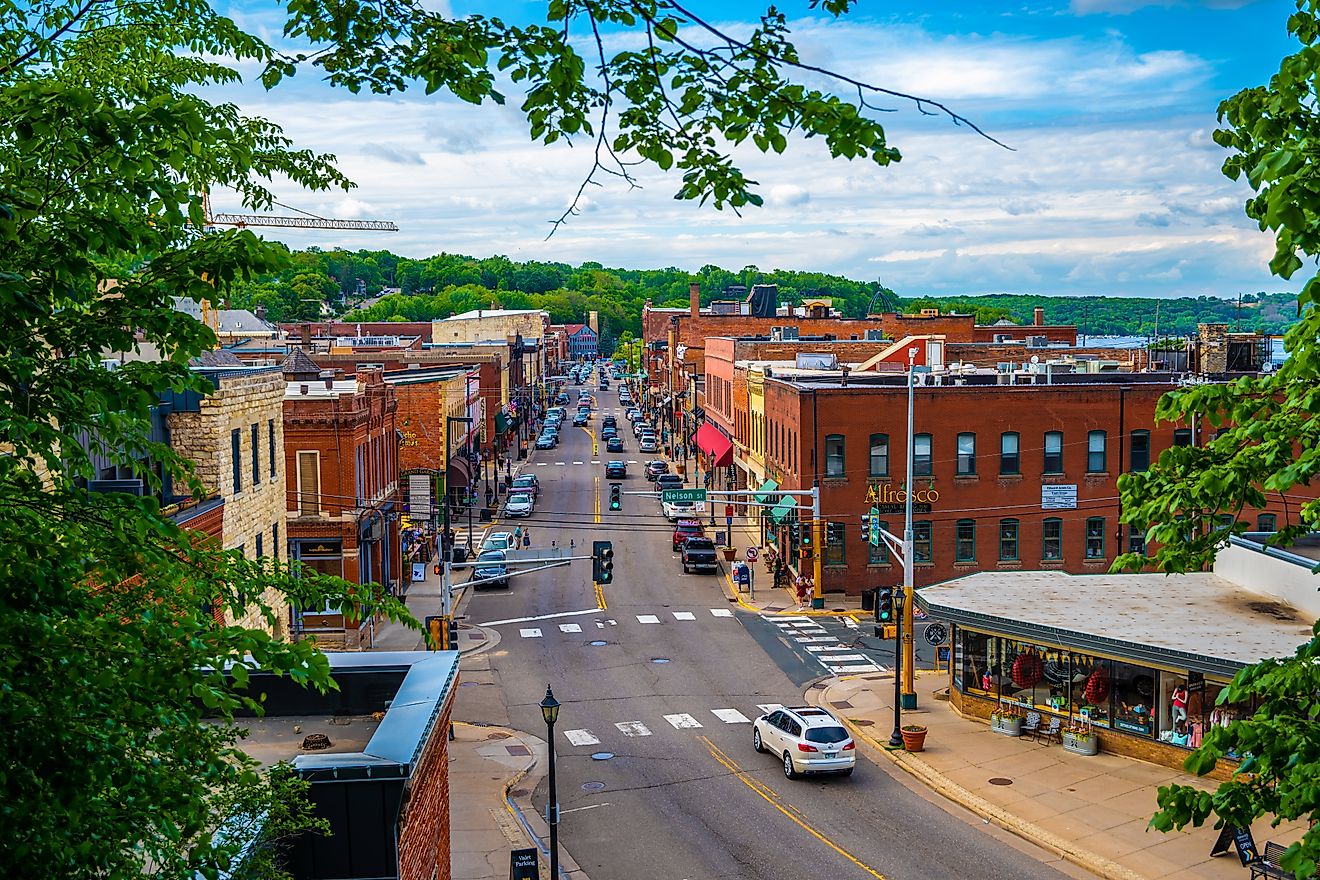Gunung Mulu National Park, Malaysia
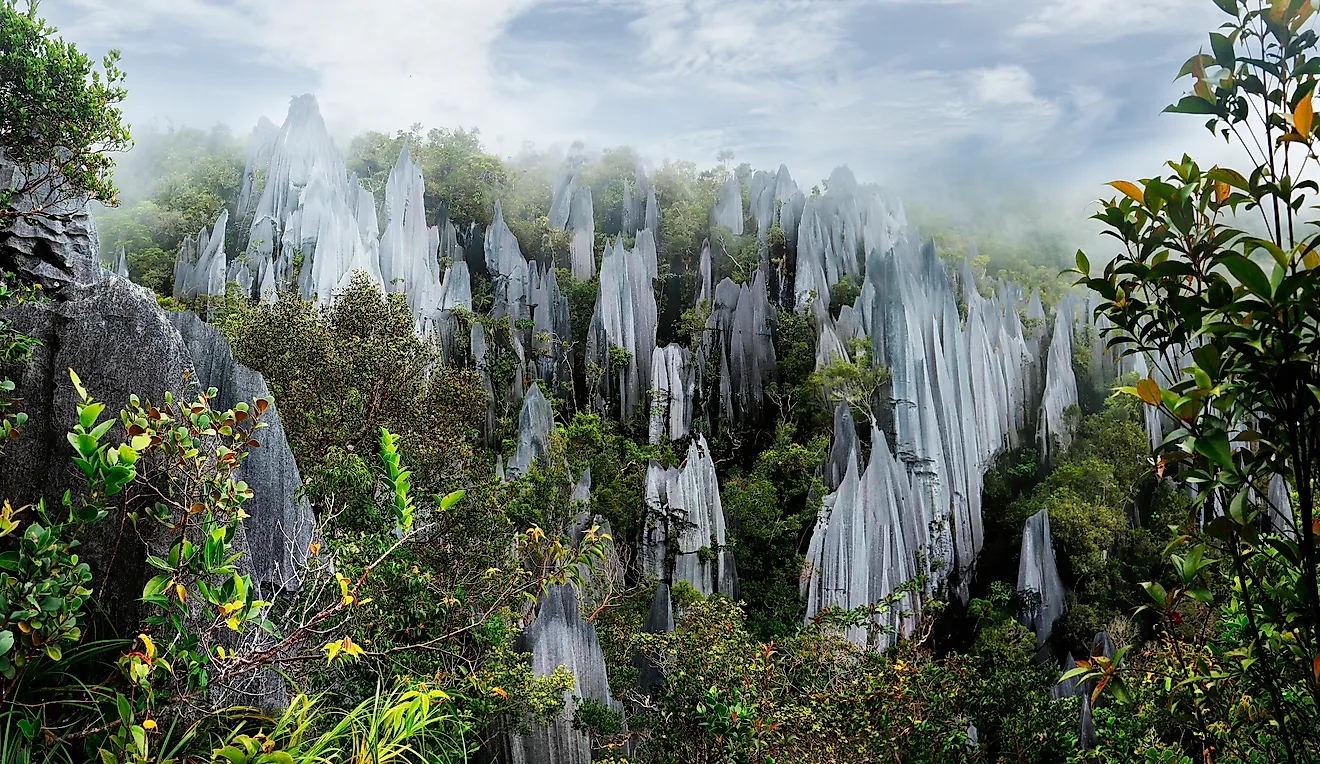
The Gunung Mulu National Park, usually referred to simply as Mulu Park, is located in the Miri Division of the state of Sarawak, which occupies the northwestern shore of Borneo Island, Malaysia. The park was established in 1974, and holds UNESCO World Heritage Site status. Gunung Mulu is known for its impressive collection of caves, some of which are the largest in Southeast Asia, as well as for its rich dense rainforests. It covers an area measuring approximately 52,864 hectares (528.64 km2 or 130,630 acres) and is the largest national park in Sarawak that is open to the public.
History
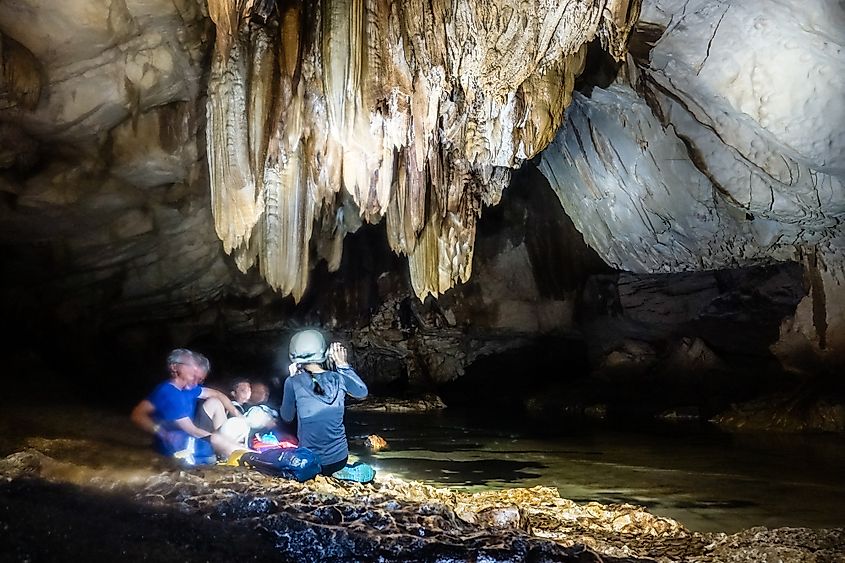
The Mulu caves have been referenced as far back as 1858, by British Consul Spenser St. John. Throughout the 19th century, the area continued to be popular with explorers and researchers. The path to the summit of Mount Mulu was first discovered in the 1920s by a rhinoceros hunter by the name of Tama Nilong. He then led an Oxford University Expedition in 1932, marking the first recorded summit ascent.
It wasn’t until 1974, however, that Mount Mulu and the surrounding region were granted National Park status. Four years later, a scientific expedition was launched by the Royal Geographical Society, the largest ever dispatched from the U.K. This project lasted for 15 months and included surveying of roughly 50 kilometers, or 31 miles of caves. An additional 1980 expedition continued to explore the caves, and led to the discovery of Sarawak chamber, in the Gua Nasib Bagus.
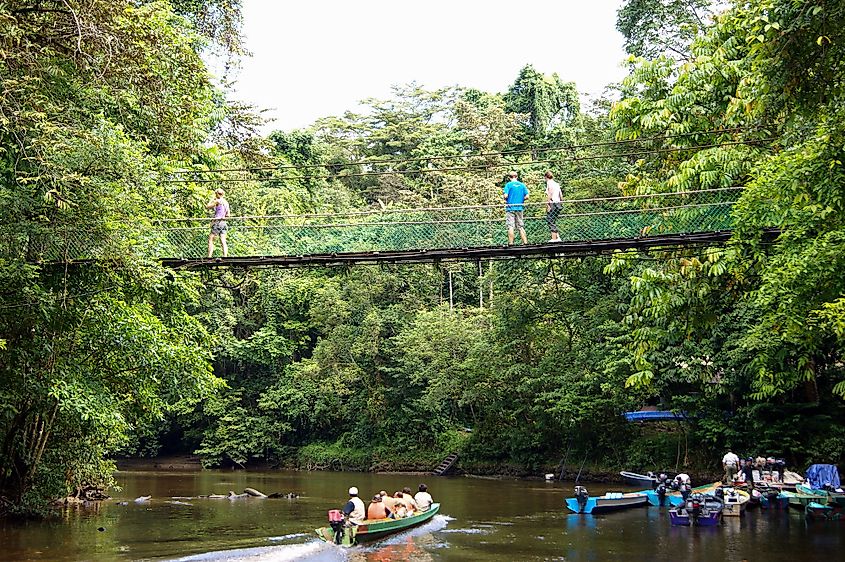
The region was designated an ASEAN Heritage Park in 1984, and the following year was opened to the public. Over the next 15 years, various expeditions and discoveries were made, including finding new caves, or joining cave passages. One such expedition in 1988 linked Clearwater Cave to the Cave of Winds, thereby establishing Clearwater as the longest cave passage in Southeast Asia (a length which was later extended again in a 2005 discovery).
Surveys continued into the year 2000, at which time the park was declared an official UNESCO World Heritage Site.
Landscape
The Gunung Mulu National Park measures over 50,000 hectares and includes a variety of different geological phenomena from mountain ranges to expansive cave passageways and dense rainforests. The park itself includes 17 different vegetation zones, and is an astounding display of nature’s beauty.
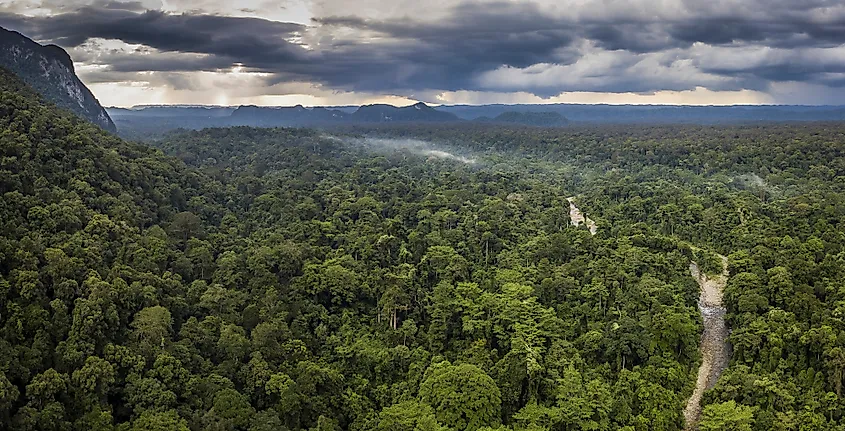
The park itself is named after the highest peak within it, Gunung Mulu, which measures 2376 m above sea level. The second mountain peak is called Gunung Api and it is 1710 m in height, and the third is Gunug Benarat, at 1858 m. Between these two dominating peaks are a range of karst mountains which are known as the ‘Pinnacles’ which are outcroppings of sharp limestone spires.
Areas not covered by rugged rocks and mountains are filled with lush primary rainforests. In fact, these old-growth forests take up roughly 550 square kilometers. Rushing rivers and fresh jungle streams wind their way across the rocky landscape, weaving in and out of forested areas and rocky outcrops alike. Although the forests and mountains are spectacular, this region is best known for its vast and winding system of limestone caves. Below the rocky ranges and forests lie some of the most spectacular and record-breaking caves in the world, and in fact this is the largest recorded system of limestone caves on Earth.
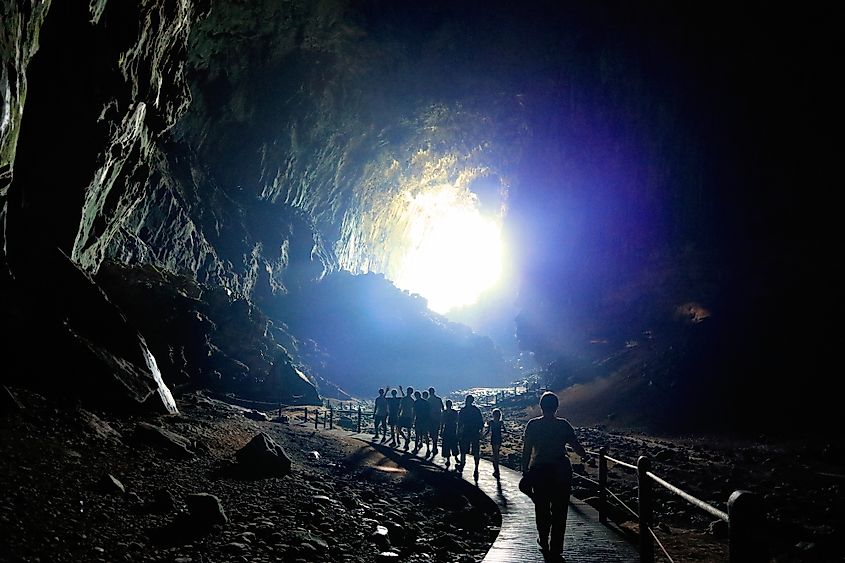
Deer Cave, which measures 2 kilometers in length, and 174 metres in height is the largest cave passage in the world. Similarly, Mulu Park also has the world’s largest natural chamber in Sarawak Chamber (with an area of 1.66 million square feet, 2,000 feet in length, and roughly 260 feet high) and the record for the longest cave in Southeast Asia in Clearwater Cave (224 kilometers or 139 miles).
These caves are what make this National Park such a wonder, attracting a variety of both wildlife and human visitors. The recorded cave measurements are some of the vastest and longest in the world, and Gunung Mulu has some 295 km of explored caves to its name. It is thought, however, that this makes up only half of the passages beneath these mountain ranges, and the rest have yet to be uncovered or explored.
Plants
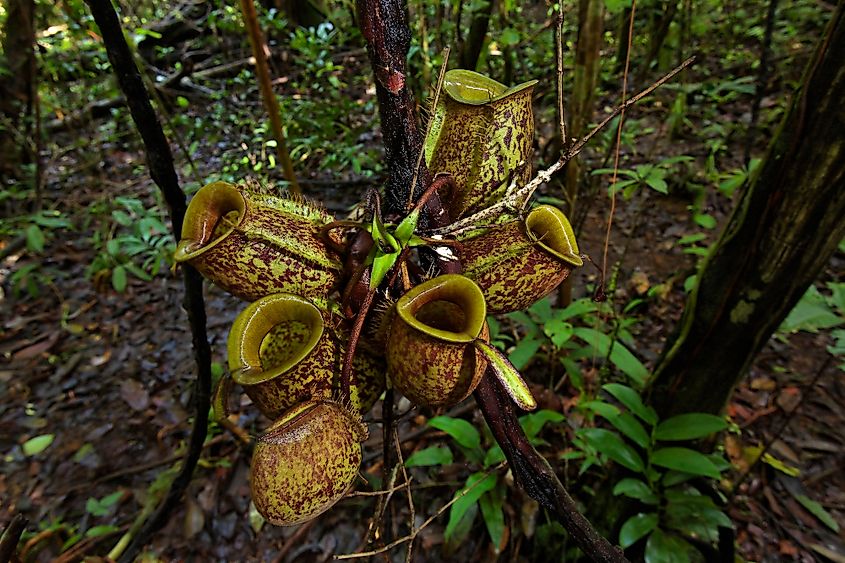
The rich rainforests that populated much of Mulu Park include many different plant species. There are a number of different vegetation zones including lowland forests, rainforests, heath, moss forests, peat swamp forests, mixed dipterocarp forest, and montane (or mountainous) ecosystems.
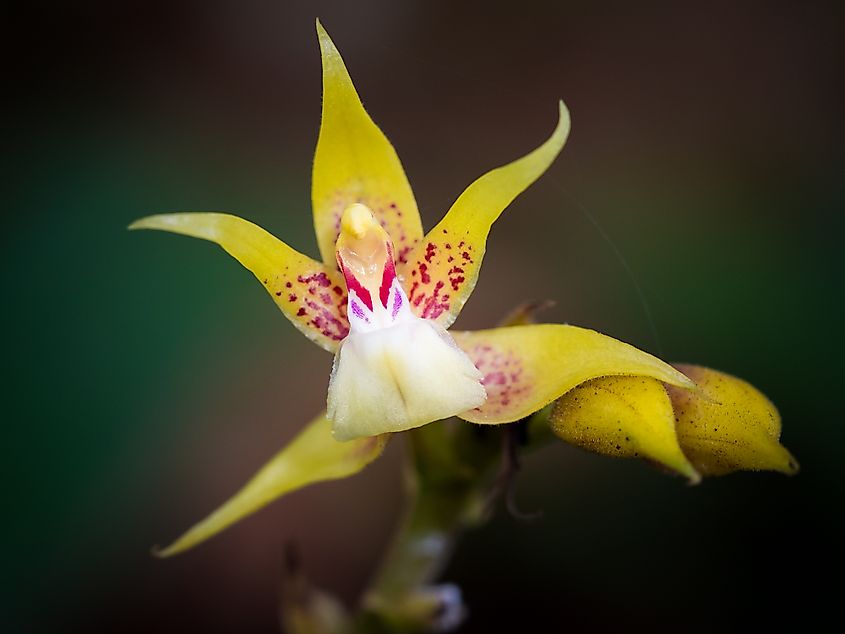
Within the 17 different vegetation zones found in the park, there are thousands of different plant species. Of these, approximately 1,500 are flowering plants, and 3,500 are what are known as vascular plants. As the name would suggest, these plants have a specific tissue which acts much like veins in humans and allows for water to be pulled up and passed along through the plant’s system. These types of plants mainly include various conifers and ferns. Temperate rainforests like those found in Mulu Park are especially well suited to ferns and similar plant life. Palm species are especially abundant in this region, and the Gunung Mulu National Park has over 100 different palm plant varieties. Other vegetation includes roughly 1,700 mosses and 8,000 fungi, 170 species of wild orchid and 10 different species of pitcher plant.
Wildlife
The various vegetation zones, as well as the vast array of cave passages provide homes to a wide variety of animals. The variety in vegetation zones (17 in this park alone) is one of the main reasons the area is so highly biodiverse.
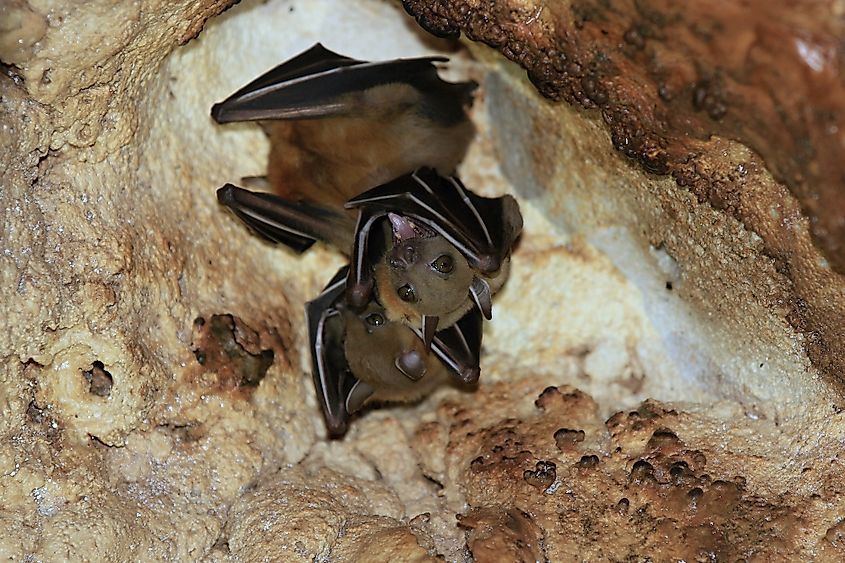
75 different species of mammals call this region home. Of these, the most common type of mammal found in the area are bats. The expansive cave system provides the perfect habitat for millions of bats. Twenty-eight different species have been recorded here, the most common of which is the wrinkle-lipped bat. Bats are nocturnal, and generally are seen mostly at night, when they exit the safety of their caves to hunt insects.
Some of the other mammals within Mulu include squirrels (such as the tufted ground squirrel), and monkeys such as the distinctly colored silvery gibbon and maroon leaf monkey. Sunda Pangolins also live in the area, and the largest mammal in the park is the Malayan sun bear.
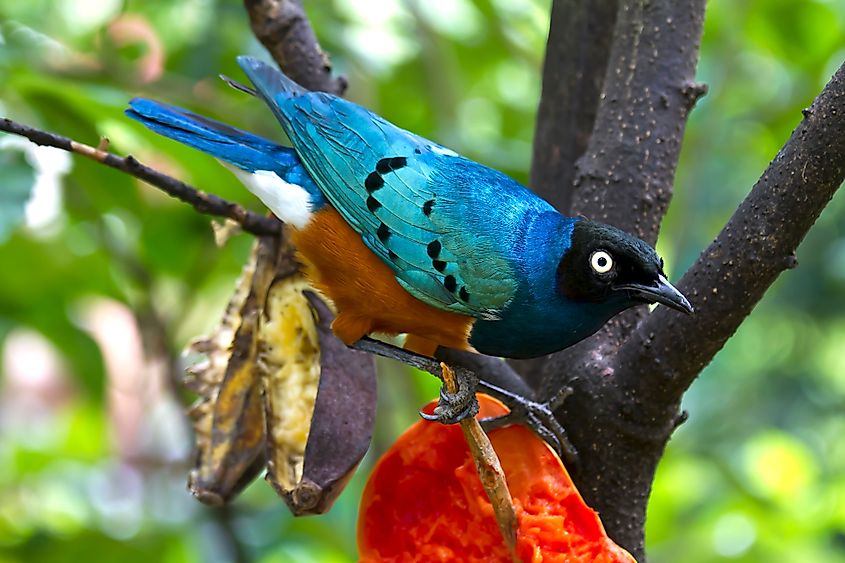
Besides mammals, there are more than 250 species of birds, including swallows and swifts, which use the various caves as nesting grounds at night. Eight different hornbills also live in the park, including the rhinoceros hornbill, Wrinkled hornbill and the helmeted hornbill.
Additionally, the lush rainforests are the perfect place for frogs, snakes and reptiles. More than 70 different types of frogs can be found here, and 55 species of reptile. In terms of insects, there is no shortage, with a whopping 458 different ant species or subspecies, and 280 types of butterflies.
